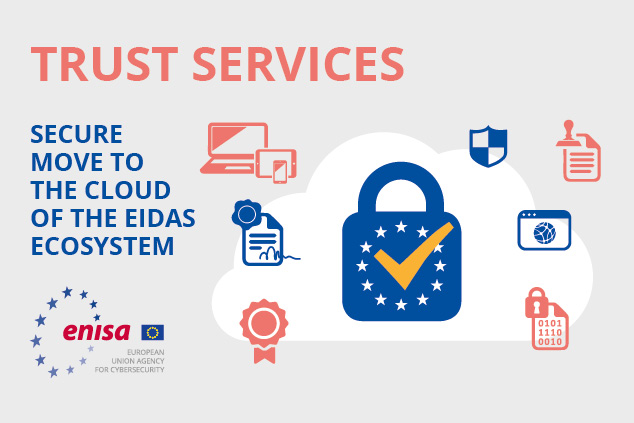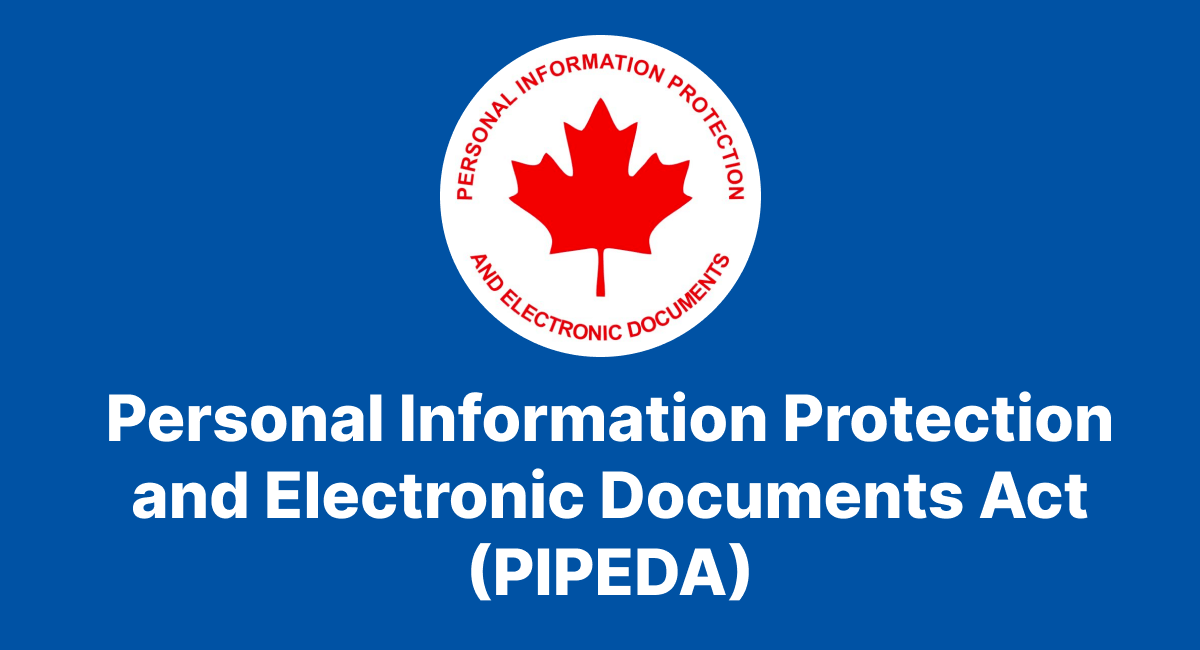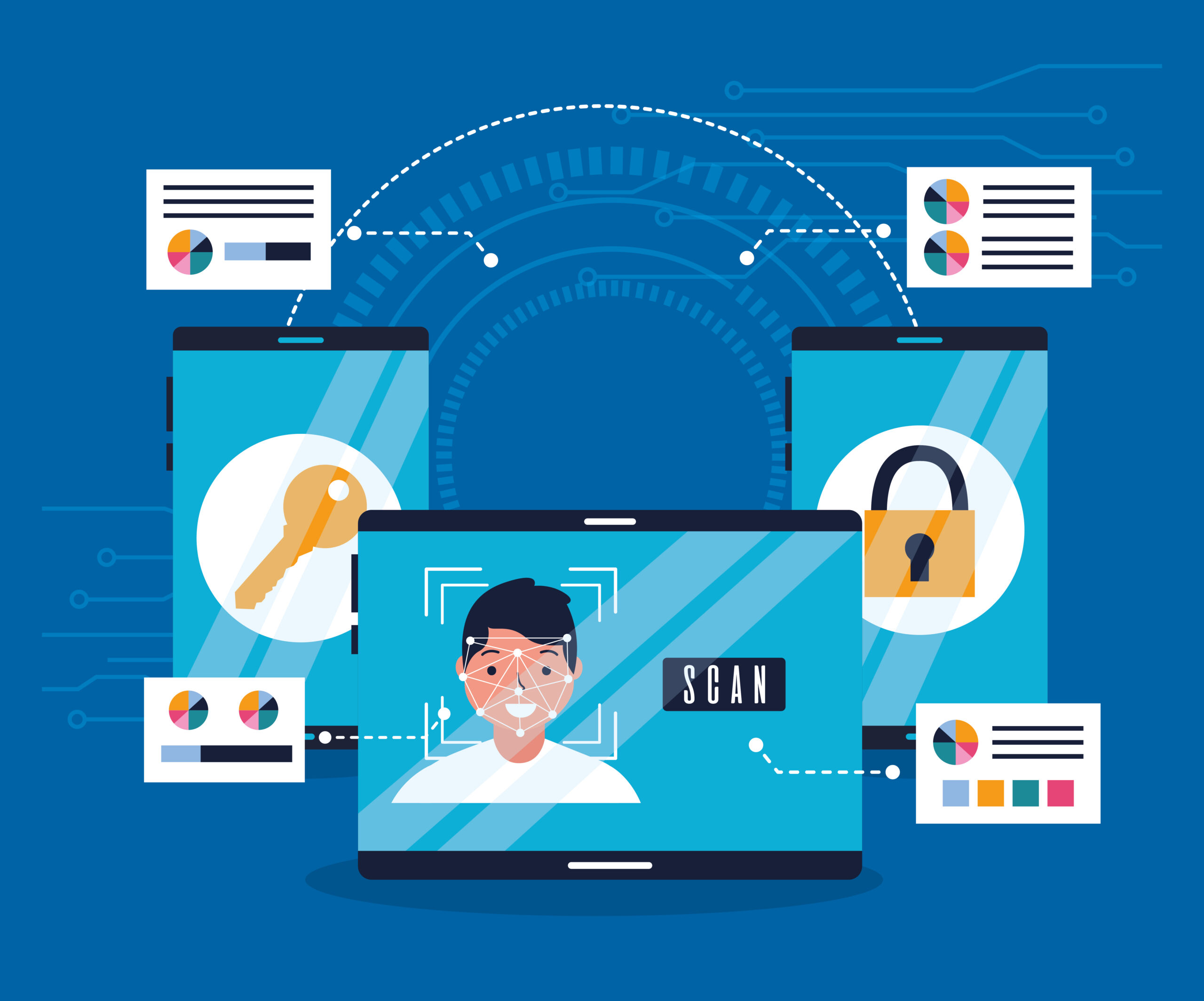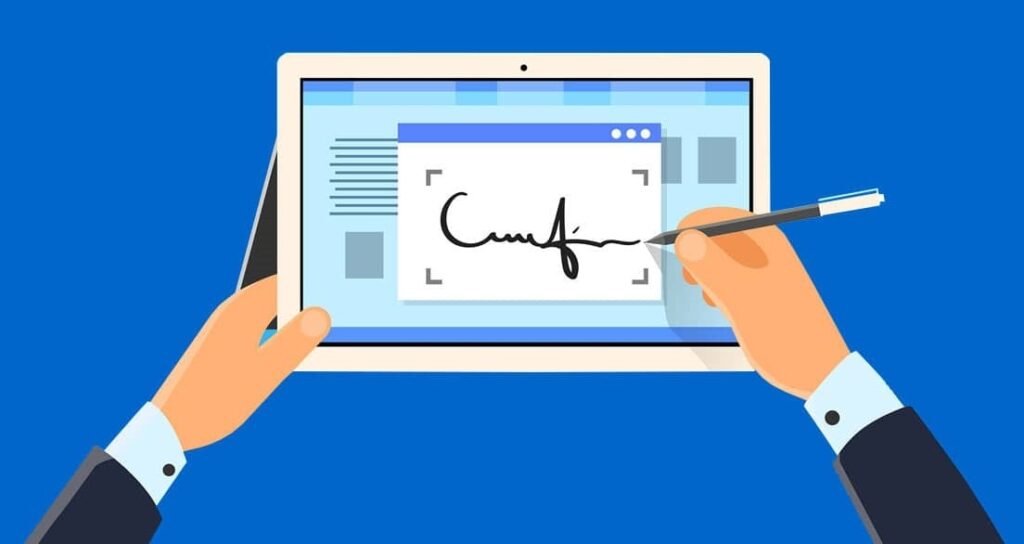In today’s digital age, electronic signatures are crucial for businesses, making processes easier, faster, and safer. As more companies adopt e-signatures to enhance efficiency and customer satisfaction, it’s vital to follow specific rules to ensure legality and security.
This blog post will cover key aspects: how e-signature laws have evolved, differences between global and local standards, important regulatory frameworks to consider, technical requirements for compliant e-signatures, and legal considerations when implementing an e-signature system. We’ll conclude with key takeaways summarizing these points.
By focusing on these regulatory aspects related to the security of electronic records and e-signatures, organizations can ensure compliance while safeguarding their digital documents.
Understanding E-Signature Compliance

Electronic signatures are crucial for ensuring the legality and security of electronic records. They work by having someone indicate their intention to sign electronically, often by clicking a button, typing their name, or using a stylus, which then attaches a unique data block to the document. Regulatory requirements ensure that these signatures are authentic, untampered, and undeniable by the signer.
E-signatures are used widely in online transactions, contracts, consent forms, and financial matters, speeding up processes and reducing costs. However, each region has its own rules, and businesses must carefully choose where and how to implement e-signatures to ensure legal compliance and effectiveness.
The Evolution of E-Signature Laws
As we entered the digital age, there was a need to update old legal rules to accommodate new technology. Traditionally, official agreements required handwritten signatures, but as technology improved, people started looking for ways to ensure that electronic “I agree” messages were equally valid.
To address this, significant changes were made. Laws like the ESIGN Act in the United States and the eIDAS Regulation in the European Union made handwritten and electronic signatures legally equal. In 2000, the ESIGN Act in the US declared that electronic signatures are valid for deals across states and international borders, as long as all parties consent and are informed. By 2016, the EU introduced the eIDAS Regulation, which aimed to make electronic signatures trusted and recognized across member states.
Digital certificates also play a key role, acting like online ID badges to verify a person’s identity when signing electronically. These certificates are issued by Certificate Authorities who ensure that the signer’s identity is legitimate.
These steps have created a solid foundation where electronic signatures are not only convenient but also legally supported, providing peace of mind for both local and international dealings. This is especially important for businesses that handle many documents digitally across different regions.
Related Article: What Is An E-Signature? A Comprehensive Guide To E-Sign In 2024
Key Regulatory Frameworks for E-Signatures

To make sure e-signatures are legal and safe, it’s important to follow some key rules. In the European Union, there’s eIDAS, which sets standards for electronic IDs and signatures to be trusted across EU countries. It ensures e-signatures are secure by verifying them through trusted services.
In the United States, the ESIGN Act allows electronic records and signatures for businesses across states and countries. It says that as long as everyone agrees, electronic signatures are as valid as handwritten ones.
In Canada, PIPEDA focuses on keeping personal information safe when businesses collect or share it. This includes protecting your information when you sign electronically.
By understanding these main rules—eIDAS in Europe, the ESIGN Act in the US, and PIPEDA in Canada—businesses can ensure their use of e-signatures is legal and secure for everyone involved.
eIDAS in the European Union

eIDAS is the rule book for using e-signatures in the European Union. It sets the standards for electronic IDs, trust services, and proper use of e-signatures so that everyone in EU countries can agree on them.
Trust services are very important under eIDAS because they ensure e-signatures are safe and valid. These services help confirm that an electronic signature is genuine and meets all the necessary rules.
The main goal of eIDAS is to make it easier for people in different EU countries to do business online by having one set of rules for electronic IDs and signatures. This helps businesses run more smoothly since they know their electronic documents will be accepted everywhere in the EU.
By following eIDAS, companies can comply with the law, build trust in online activities like signing contracts or sending secure emails, and avoid problems when working with others across Europe.
Related Article: 7 Key Contract Clauses Found In Business Contracts
ESIGN and UETA Acts In the United States
In the United States, two main laws make e-signatures as valid as pen-and-paper signatures for business deals and important documents. The first law is the ESIGN Act of 2000. This law ensures that if you sign something electronically in a deal that crosses state lines or goes international, it is just as valid as signing with ink. It includes rules about using electronic records and signatures, making sure people agree to use them, are informed about them, and that these electronic signatures can prove who signed them.
The second set of rules is the UETA Act, which most states follow for electronic transactions within their borders. The UETA Act states that an electronic signature or record is just as legally binding as its paper version, ensuring they are valid in court.
PIPEDA in Canada

In Canada, there’s a law called the Personal Information Protection and Electronic Documents Act, or PIPEDA for short. This law is all about how businesses should handle people’s info when they’re doing business. It talks about things like making sure it’s okay to use electronic signatures and keeping that information safe.
With PIPEDA, people get to have a say in what happens with their details. Businesses need to make sure they ask nicely before getting or using this info, even if it involves electronic signatures.
Following PIPEDA helps companies keep private stuff private and makes sure any document signed electronically is legit in Canada. For businesses working here, knowing all about PIPEDA is key to staying on the right side of the law and keeping customers happy by respecting their privacy.
Related Article: NDAs (Non-Disclosure Agreements): A Guide To Secrecy
Technical Requirements for Compliant E-Signatures

To make sure e-signatures are legit and safe, they have to follow certain tech rules. There are three big ones: using digital certificates, having secure devices for making signatures, and adding a timestamp.
With digital certificates, it’s all about checking who is signing and making sure the signature is real. These certificates come from reliable places called Certificate Authorities and include something called a public key that matches the e-signature. They stick to worldwide standards like X.509 PKI technology.
For creating signatures safely, there are special tools or software that keep your private key protected while you sign stuff online. This step keeps your signature safe from hackers or anyone trying to mess with it.
Adding a timestamp means recording the exact time of signing on the document which adds an extra layer of trust because it shows when everything was signed off without any changes afterward.
By sticking to these steps—using digital certificates for authenticity checks; securing the process with special devices; and marking each signature with its time of signing—companies can meet legal requirements ensuring their electronic signings are trusted.
Digital Certificate Standards
Digital certificate standards are very important because they ensure e-signatures are real and safe. These rules provide guidelines for digital certificates, which confirm who is signing something and that their e-signature is valid.
A digital certificate includes a public key linked to the e-signature, which helps verify that the signed document hasn’t been altered. Certificate Authorities (CAs) are trusted organizations that issue these digital certificates after verifying the signer’s identity.
These certificates follow global standards like X.509 PKI (Public Key Infrastructure) technology. PKI uses special cryptography to secure communications and verify that digital certificates and their electronic signatures are trustworthy.
By following these standards, companies can protect themselves, ensuring the integrity, security, and legal validity of e-signatures. Digital certificates reliably check someone’s identity when they sign electronically and confirm that an e-signed document is genuine.
Secure Signature Creation Devices
Devices for creating secure signatures, whether hardware or software, ensure the safety and integrity of the private key used for electronic signatures. These devices are crucial because they protect your e-signature from being tampered with.
These devices have a special secure space for storing and using your private key, making sure that no unauthorized person can access or alter it. They use strong protection methods to keep your private key confidential.
By using these secure signature creation devices, we prevent anyone from faking or misusing our digital signatures. Only authorized individuals can create an e-signature with that specific private key.
Organizations that use these devices increase trust and security around electronic document signing. They help prevent unauthorized access or changes and ensure that e-signed documents are genuinely from the stated source, maintaining their authenticity.
Timestamping and Longevity
Timestamping ensures that an e-signature has a trusted time stamp showing exactly when it was signed. This step adds extra protection, ensuring the document’s integrity and preventing denial later on.
In timestamping, a trusted third party stamps the date and time using a universally agreed-upon clock. It acts like an impartial witness confirming when the signature was applied to the document. This allows anyone to verify if the document has been altered since it was signed.
Furthermore, timestamping ensures that even in the future, people can trust the document’s authenticity. Documents with these timestamps remain strong evidence that can be used in court or other situations.
By incorporating timestamping into electronic signing, companies add a layer of security to their documents, ensuring they are genuine and reliable no matter what challenges they face.
Related Article: What Is Clickwrap Agreement: An Effective Guide In 2024
Legal Considerations for E-Signature Implementation

1. User Authentication: Verify the identity of the person signing. This can include using passwords, biometric checks like fingerprints or face recognition, or two-factor authentication to prevent unauthorized access.
2. Document Integrity: Keep the signed document unchanged. Digital signatures and encryption prevent tampering. Audit trails track all actions taken with the documents, ensuring transparency.
3. Record Retention: Keep electronically signed documents as required by laws or regulations. This ensures they can be accessed if needed, especially for legal disputes or regulatory checks.
User Authentication Processes

Making sure the person signing with an e-signature is really who they say they are is super important. This step keeps things safe from people trying to fake signatures or sneak into places where they shouldn’t be.
To check if someone is legit, you might need them to enter a password, scan their fingerprint, use two different ways to prove it’s them, or answer questions only they would know. It’s key that these passwords aren’t easy for others to guess.
On top of this, there should be steps in place so no one can steal or mess with password information. Things like making the data scrambled and unreadable, keeping password details safely tucked away, and changing passwords often can help a lot.
By doing all this well, companies make sure that only the right folks can make e-signatures. This helps stop fraudsters in their tracks and keeps electronic records safe and sound.
Related Article: What Are Browsewrap Agreements? An Effective Guide
Document Integrity and Non-repudiation

When it comes to ensuring electronic signatures are reliable, keeping documents secure and unchanged is crucial. Once a document is electronically signed, it should remain unchanged – no tampering with its contents. Non-repudiation is also important, meaning the person who signs cannot later deny doing so.
To maintain security, companies need strong measures in place. This includes using encryption to protect data so only authorized people can read it, setting clear rules on who can access documents, and regularly checking that everything functions correctly.
Advanced e-signature technology plays a key role in non-repudiation. It securely links the signature to the document and monitors for any unauthorized alterations. This ensures clarity on who signed a document and confirms that nothing suspicious has occurred since.
By focusing on these aspects – ensuring documents remain unchanged after signing and providing clear proof of who signed them – businesses can fully trust their electronic signatures. This confidence allows them to handle legal matters smoothly, with assurance of authenticity and without concerns about alterations or denial of involvement.
Record Retention Policies

Keeping track of electronic signatures is very important for companies because they need to ensure their digital records are safe and can be easily accessed when needed, for as long as required. To do this, they follow specific rules on how to store and manage these records.
These guidelines, influenced by laws and industry requirements, determine how long different types of documents should be retained. It’s crucial to consider legal requirements, the company’s needs, and the privacy of the information in these documents.
To adhere to these guidelines effectively, organizations use secure systems that digitally protect documents. They employ encryption, which secures data by scrambling it so only authorized individuals can read it. They also implement controls to manage who can access files and maintain logs that track document access and changes. Regular audits ensure compliance with regulatory standards and help identify opportunities for improving record-keeping practices.
Related Article: What Are Sign-In Wrap Agreements? Key Strategies For Success
FAQs
What Makes an E-Signature Legally Binding?
An e-signature becomes legally valid if it follows the rules and laws that apply. For this to happen, a few things are needed: the person signing must want to sign, there should be a way to know who is signing, and there must be the assurance that no changes were made after the signature was put down.
In places like the United States, following specific laws such as the ESIGN Act is important for an e-signature’s acceptance. Similarly, in Europe, sticking to regulations like those set by the European Union’s eIDAS is key for ensuring an electronic signature holds up legally.
How Do E-Signature Laws Differ Across Countries?
In different countries, the rules about e-signatures can be quite different. For example, in the United States, there’s a law called the Electronic Signatures in Global and National Commerce (ESIGN) Act that deals with this stuff. Over in the European Union, they have something similar known as eIDAS regulation. It’s really important for companies to know and follow these laws where they do business to make sure everything is legal on an international level and that documents signed electronically are considered valid.
Conclusion
Wrapping things up, it’s really important for companies working online today to pay attention to the rules about electronic signatures. The laws and challenges in this area keep changing, so businesses need to be on their toes. Making sure they use safe ways for people to sign documents electronically and checking that the person signing is who they say they are, are crucial steps.
Companies should also regularly check if they’re following all the rules by doing audits, working with trusted providers, and keeping their teams educated on these matters. By focusing on staying within these guidelines, businesses can earn their customers’ trust while avoiding problems and creating a safer space for electronic transactions.





